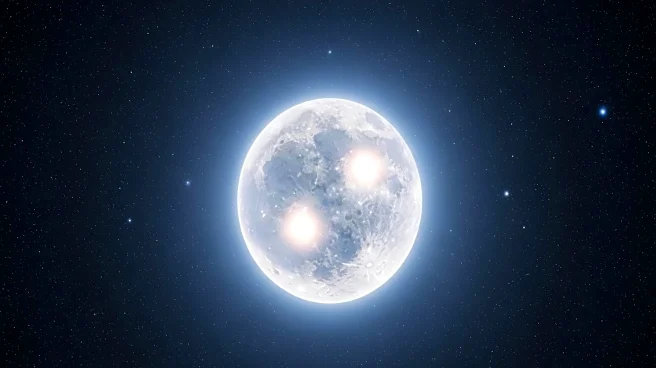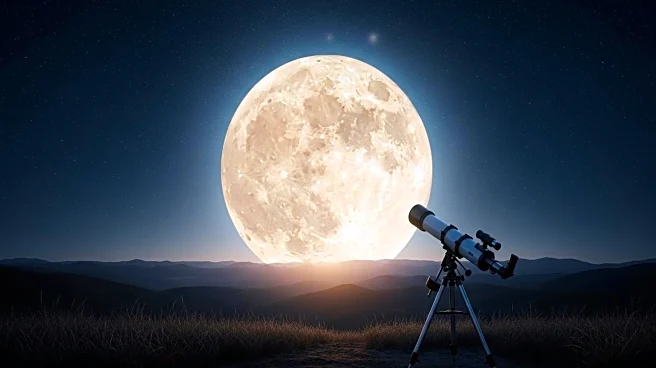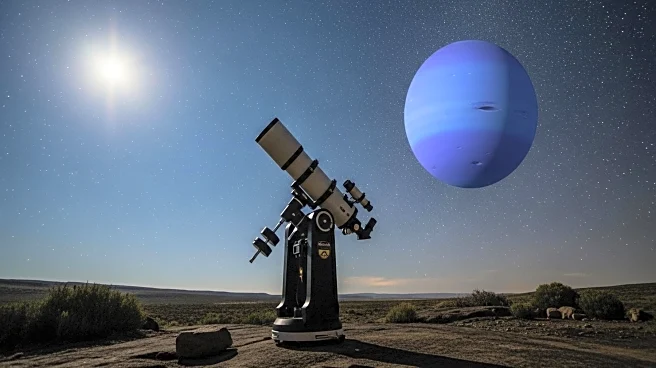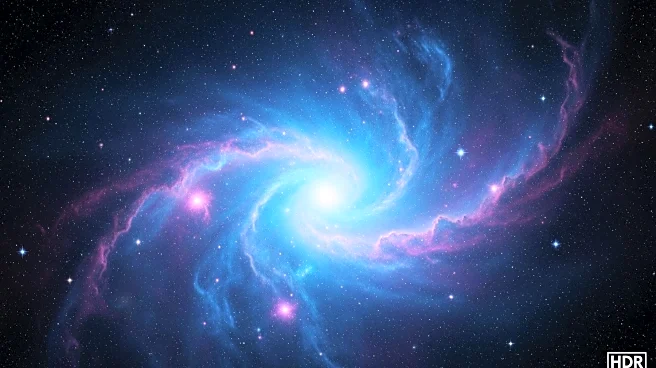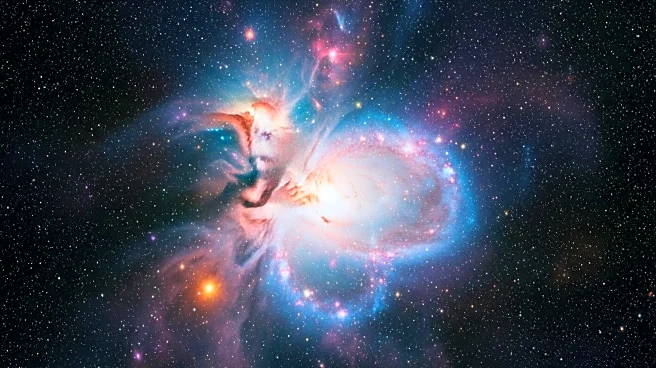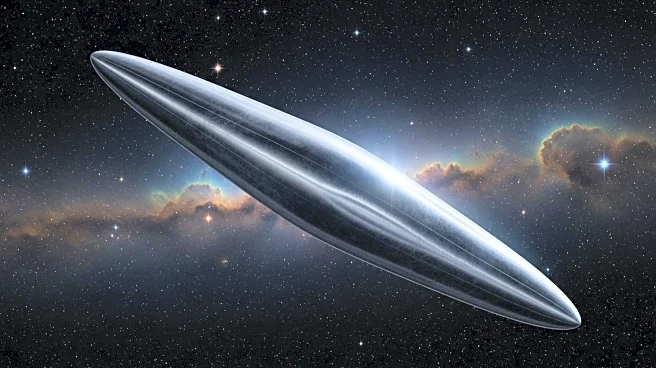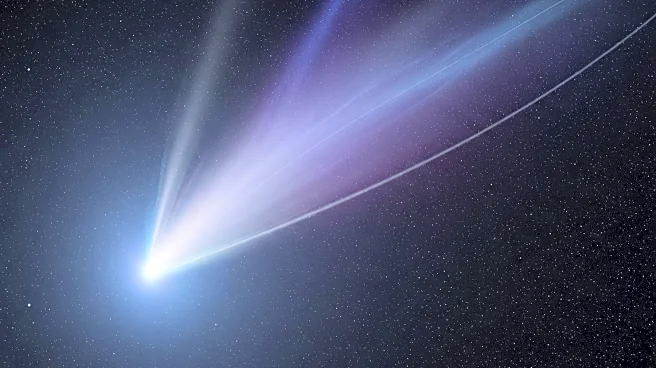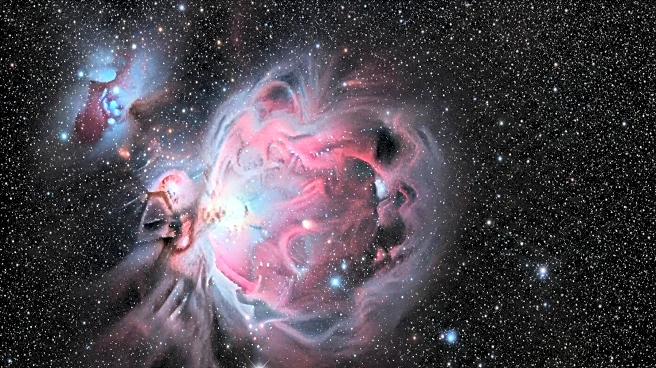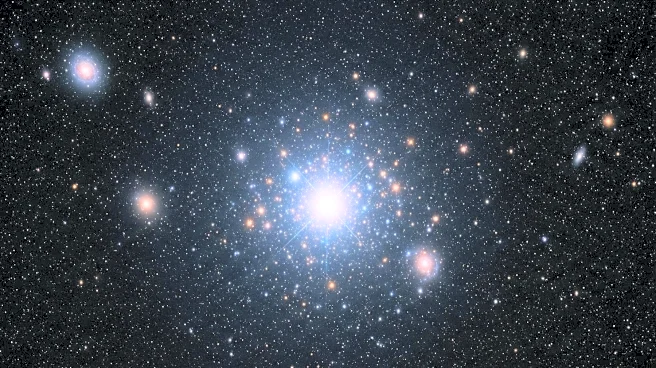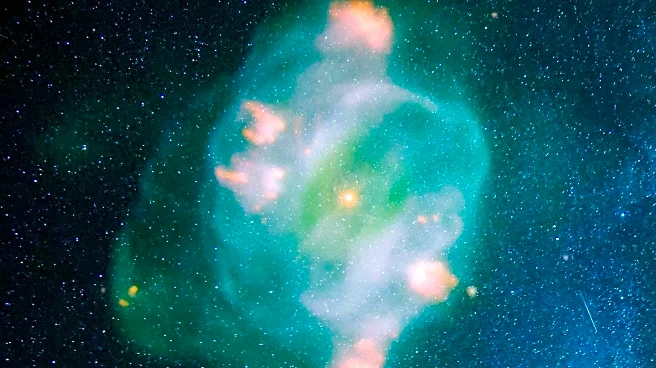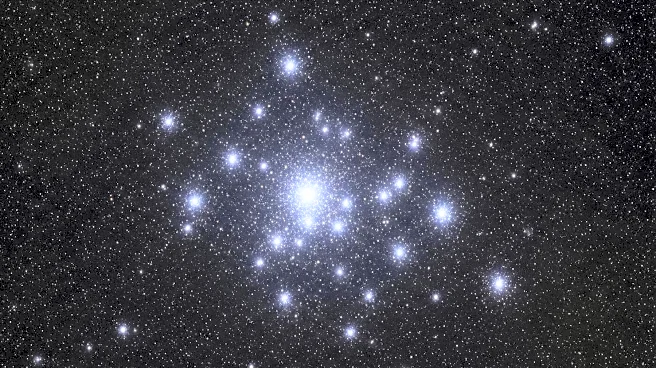What is the story about?
What's Happening?
Astronomy Magazine reports that the dwarf planet 1 Ceres is at opposition, making it visible throughout the night as it rises around sunset and sets around sunrise in the constellation Cetus. This event is part of a series of celestial occurrences detailed in the magazine's weekly sky guide. The guide also highlights the appearance of the zodiacal light, a faint glow caused by sunlight scattering off dust in the solar system's plane, visible in the east before sunrise. Additionally, the magazine notes the proximity of the Moon to the red giant star Antares in Scorpius, and the visibility of Saturn's moon Iapetus. The guide provides detailed information on observing these phenomena, including the best times and conditions for viewing.
Why It's Important?
The visibility of Ceres at opposition is significant for astronomers and sky enthusiasts as it provides an opportunity to observe the largest object in the asteroid belt with relative ease. Such events contribute to public interest in astronomy and can inspire educational activities and amateur observations. The zodiacal light and other celestial phenomena mentioned in the guide offer unique opportunities for astrophotography and scientific study, enhancing understanding of the solar system's dynamics. Observing these events can also foster a greater appreciation for the night sky and encourage interest in space exploration and science.
What's Next?
As Ceres continues its path through Cetus, observers can track its movement relative to nearby stars, providing ongoing opportunities for observation and study. The magazine suggests using a chain of stars in Cetus to chart Ceres' movement throughout the month. Additionally, Mercury's visibility is expected to improve later in the month, offering another chance for observation. The guide encourages readers to return to these targets as conditions change, promoting continuous engagement with celestial events.
Beyond the Headlines
The detailed observation of celestial events like the opposition of Ceres and the zodiacal light can deepen understanding of the solar system's structure and dynamics. These observations can contribute to scientific research and data collection, aiding in the study of planetary motion and the distribution of dust in the solar system. Furthermore, such events can enhance cultural appreciation for astronomy, potentially influencing public policy and funding for space exploration initiatives.
AI Generated Content
Do you find this article useful?
